1. Fresno, California
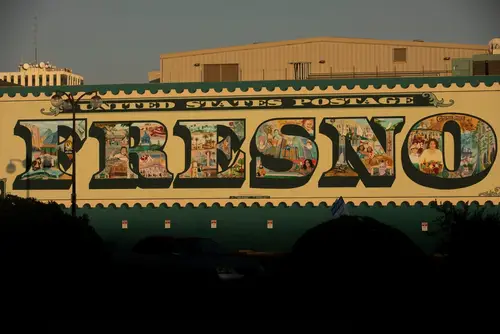
Fresno is the heart of California’s Central Valley, an agricultural powerhouse, but its workers often live paycheck to paycheck. About 19% of residents live in poverty, many of them farmworkers earning low seasonal wages. The city’s economy is built on the backs of these laborers, yet their struggles are rarely highlighted. Fresno’s image as a productive agricultural hub overshadows the reality for its workforce.
Farmworkers face long hours in physically demanding conditions with little job security. Many rely on supplemental aid just to meet basic needs. Despite the city’s importance in feeding the nation, local laborers remain underpaid and undervalued. Fresno’s prosperity depends on their labor, even if the city’s narrative ignores them.
2. Detroit, Michigan
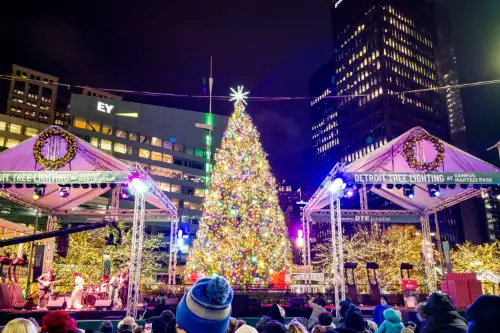
Detroit is famous for cars, music, and Motown, but many residents struggle to make ends meet. The city has a poverty rate of over 34%, and wages in service and manufacturing jobs often fail to cover basic expenses. Despite efforts to attract new businesses, a large portion of the workforce remains in seasonal or low-paying positions. The city’s image of revival hides the daily reality for those who keep it running.
Long-term residents often juggle multiple jobs just to pay rent, buy groceries, and manage bills. Even with big automakers nearby, many workers are stuck in low-wage positions. City leaders tout economic development success stories, but they don’t always reach the people who need it most. Detroit depends on these workers but rarely acknowledges their struggles publicly.
3. Cleveland, Ohio
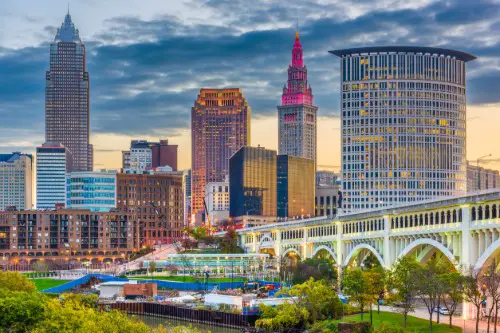
Cleveland has a rich industrial history, yet nearly 29% of residents live in poverty. The decline of steel and manufacturing left a vacuum that low-wage service jobs haven’t filled. Many people work long hours but still can’t afford healthcare or reliable transportation. The city’s promotional campaigns highlight cultural districts while downplaying these economic gaps.
Neighborhoods with high poverty are often ignored in city planning, leaving residents with underfunded schools and limited opportunities. Service and retail workers form the backbone of the local economy, yet they’re frequently overlooked in public narratives. Cleveland’s struggle is hidden behind the image of revitalized downtown areas. Its dependence on underpaid labor remains an uncomfortable truth.
4. Memphis, Tennessee
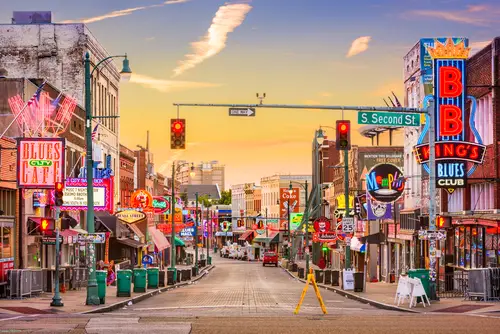
Memphis is synonymous with music, barbecue, and the Mississippi River, but it also has a poverty rate above 22%. Many residents rely on low-wage positions in logistics, healthcare support, and hospitality. Even in thriving cultural districts, workers face challenges like unaffordable childcare. The city’s tourist-friendly image often masks the economic reality for locals.
High unemployment and underemployment mean many families depend on informal support networks. Despite shipping and distribution hubs in the area, jobs don’t always pay enough to cover basic living costs. City marketing focuses on Memphis as a vibrant hub, but wages tell a different story. The local economy leans heavily on these struggling workers, even when it pretends otherwise.
5. Baltimore, Maryland
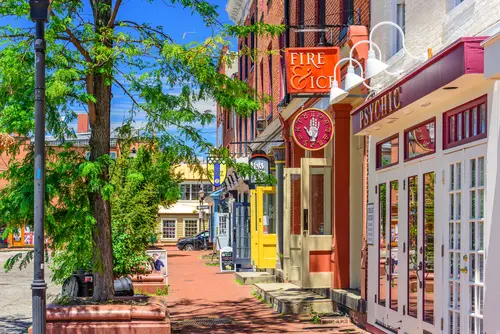
Baltimore’s history and proximity to D.C. give it prestige, but 20% of residents live in poverty. Many workers in healthcare, retail, and education earn wages that don’t match the cost of living. Neighborhoods with high poverty often face underfunded schools and limited public services. The city celebrates its historical sites while ignoring daily economic struggles.
Economic growth often benefits developers and tech companies rather than local employees. Workers in low-wage jobs keep essential services running without public acknowledgment. Despite the city’s wealth in some areas, the majority of residents can’t comfortably make ends meet. Baltimore relies on these workers while its image suggests prosperity for all.
6. Miami, Florida
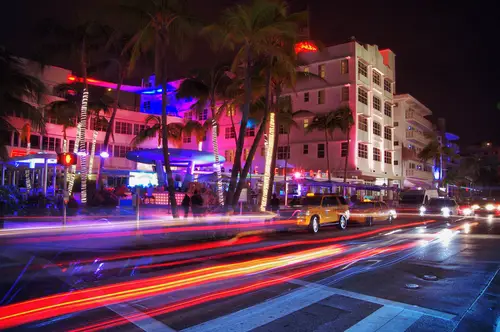
Miami shines as a glamorous destination, but 20% of its residents live in poverty. The city’s economy depends heavily on tourism, hospitality, and service industries, where wages are often too low to cover basic living expenses. Many workers juggle multiple jobs just to afford rent and transportation. The city’s sunny, luxury image hides the financial stress many locals endure daily.
Hotel staff, restaurant workers, and ride-share drivers form the backbone of Miami’s economy. Despite contributing massively to the city’s revenue, these employees are rarely celebrated in official narratives. Rising housing costs make it harder for them to stay in the city they serve. Miami’s dependence on underpaid labor is clear, even when the city portrays itself as affluent and carefree.
7. Buffalo, New York
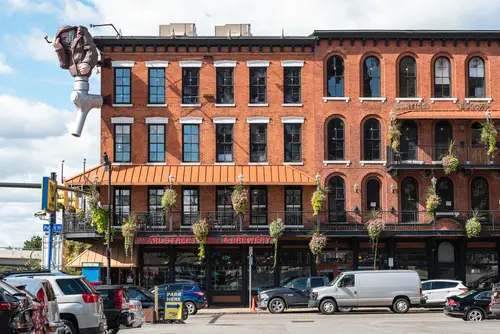
Buffalo is experiencing revitalization, but 31% of its population lives in poverty. Many former manufacturing jobs vanished, leaving residents dependent on low-wage service and retail work. The city’s economic narrative focuses on downtown revival while struggling neighborhoods remain overlooked. The image of a city on the rise contrasts sharply with the reality for its workforce.
Low-income residents often juggle multiple part-time jobs to cover necessities. Employment in healthcare support, food service, and logistics provides essential services yet offers limited stability. Buffalo relies on these workers to maintain daily life and public services. The city’s dependence is invisible in glossy marketing campaigns.
8. Newark, New Jersey
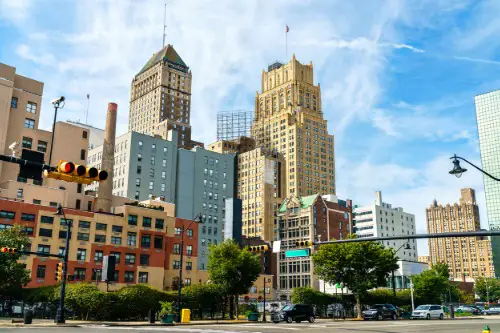
Newark is a major city near one of the wealthiest urban areas in the U.S., yet 30% of its residents live in poverty. Many workers in retail, transportation, and hospitality earn wages far below what they need to live comfortably. The city highlights arts and tech initiatives, but low-wage workers rarely benefit from these programs. Newark’s success story often leaves its workforce behind.
Residents face high housing costs while relying on jobs with unpredictable hours. Public narratives celebrate progress and redevelopment, but day-to-day economic struggles remain largely invisible. Newark’s economy thrives thanks to these essential workers. The city’s image pretends prosperity while depending heavily on low-wage labor.
9. Toledo, Ohio
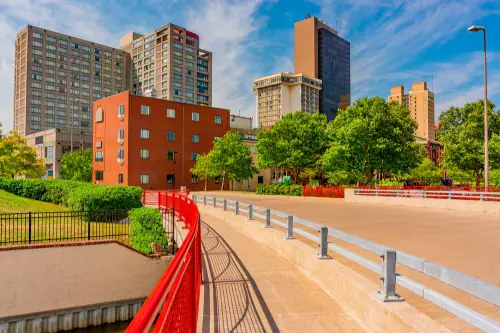
Toledo has shifted from manufacturing to service-based jobs, leaving many in precarious work. Around 30% of residents live in poverty, struggling with underpaid positions in retail, healthcare, and transportation. Economic redevelopment projects focus on downtown aesthetics rather than improving wages for local workers. Toledo’s image of transition masks the hardships many face.
Workers often manage multiple part-time jobs just to meet basic living costs. The decline of the auto industry hit the city hard, leaving few well-paying alternatives. Local governments praise investment and revitalization without addressing systemic low wages. Toledo depends on these workers while portraying a thriving city.
10. Milwaukee, Wisconsin

Milwaukee is celebrated for breweries, festivals, and sports teams, but its poverty rate is nearly 30%. Many residents work low-wage jobs in healthcare support, retail, and hospitality. The city highlights culture and tourism but often ignores the economic challenges of the people who keep it running. Milwaukee’s public image suggests vibrancy, yet wages tell a different story.
Low-income neighborhoods experience underfunded schools and limited access to essential services. Workers keep the city functional despite limited pay and benefits. Economic growth tends to favor businesses and developers rather than employees. Milwaukee depends on these struggling workers even if the city pretends otherwise.
11. St. Louis, Missouri
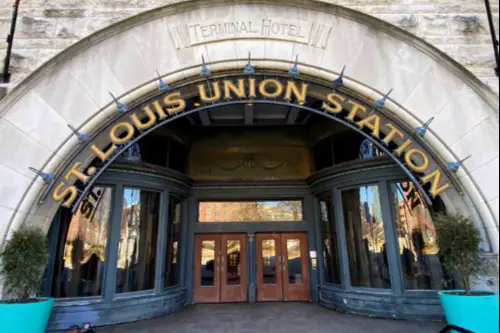
St. Louis boasts cultural institutions and historic neighborhoods, but about 29% of its population lives in poverty. Manufacturing decline and limited economic diversification have left many residents in low-wage positions. The city promotes tourism and arts as a sign of prosperity, while many neighborhoods remain under-resourced. St. Louis’s public narrative often ignores its reliance on struggling workers.
Essential roles in service, retail, and healthcare keep the city operating. Many workers juggle multiple jobs just to cover rent and daily expenses. Wages often don’t match the cost of living, creating financial stress for families. The city depends on these laborers quietly, even while portraying itself as thriving.
12. Houston, Texas
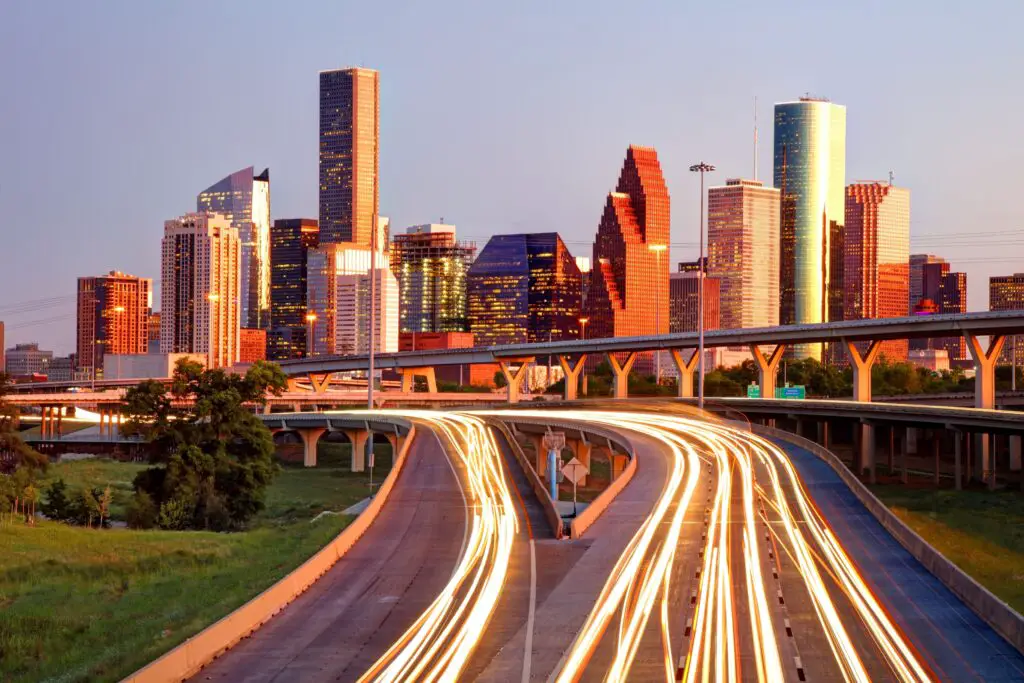
Houston is booming in energy and shipping, but nearly 21% of residents live below the poverty line. The city relies on workers in oil, shipping, healthcare, and service sectors who earn low wages relative to living costs. Economic growth projects focus on corporate expansion rather than supporting these essential employees. Houston’s public narrative emphasizes opportunity while masking worker struggles.
Many low-wage workers manage multiple jobs to afford housing and basic necessities. Rising rents and transportation costs strain families already struggling to make ends meet. While Houston is painted as a prosperous metropolis, it depends heavily on these workers to function. The city’s wealth is built on labor that is often invisible and underpaid.
13. San Francisco, California
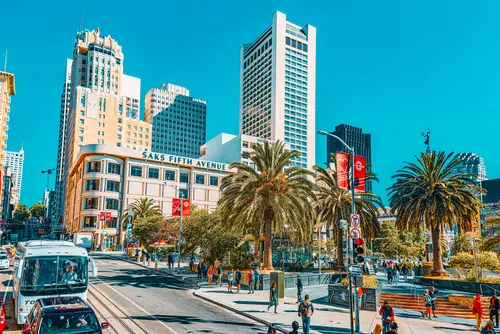
San Francisco is world-famous for tech, startups, and high-rise wealth, yet roughly 20% of residents live in poverty. Many workers in restaurants, retail, and caregiving struggle to afford housing in one of the nation’s most expensive cities. Luxury condos and tech offices dominate headlines, while essential workers quietly keep the city running. San Francisco’s glittering image masks the financial stress of its workforce.
Workers often spend hours commuting from affordable areas just to make ends meet. High costs for groceries, transportation, and healthcare make a single paycheck insufficient. Despite the city’s global reputation as wealthy and innovative, many residents face daily economic uncertainty. The city depends on these low-wage workers to sustain daily life, even if the narrative says otherwise.
14. Los Angeles, California
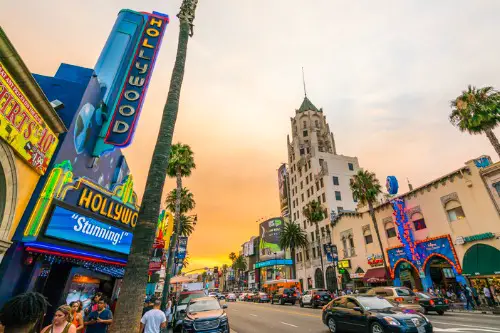
Los Angeles is the entertainment capital of the world, yet about 34% of its workforce holds low-wage jobs. From retail clerks to hospitality staff, many struggle to cover rent, food, and healthcare. Publicity around glitzy events and Hollywood glamour often ignores the realities of the majority of workers. The city projects opportunity, but the truth is more challenging for many residents.
Housing costs are astronomical, pushing workers into long commutes or shared living arrangements. Service industry jobs dominate employment but rarely provide benefits or stability. LA depends on these workers to keep its infrastructure and economy running. The city’s sunny, glamorous image hides the reliance on labor that is underpaid and overworked.
15. New Orleans, Louisiana
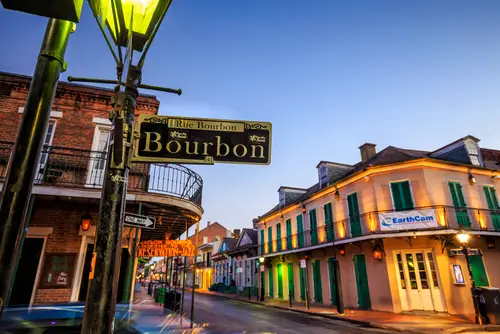
New Orleans is celebrated for Mardi Gras, jazz, and tourism, but its poverty rate hovers around 31%. Many residents work in hospitality, restaurants, and cultural events for wages that barely cover the cost of living. The city’s promotional campaigns focus on festivals and culture while overlooking the struggles of everyday workers. Residents often face the stark contrast between the city’s vibrant image and economic reality.
Low-wage employees often rely on tips and inconsistent hours to survive. Housing instability and limited healthcare access add to financial stress. New Orleans depends on this workforce to maintain tourism and essential services. The city’s charm is built on labor that often goes unacknowledged.
16. Stilwell, Oklahoma
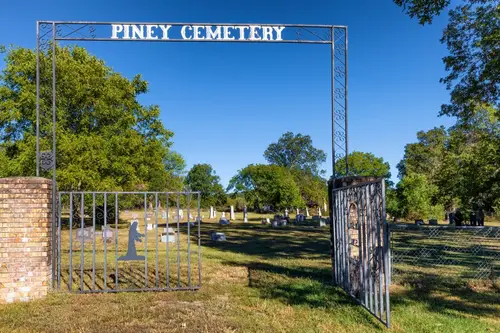
Stilwell is a small town with a poverty rate above 37%, yet it plays a key role in agriculture and local services. Many residents earn low wages in farming, food production, and small business support, making basic expenses difficult to cover. The town’s quiet, picturesque image conceals the daily struggles of its workforce. Stilwell relies on these workers to sustain its economy despite widespread financial hardship.
Families often juggle multiple jobs to make ends meet, while children face higher rates of poverty. Limited access to healthcare and education adds additional stress. Residents’ labor is essential to the town’s survival, yet the broader narrative rarely acknowledges it. Stilwell exemplifies how small towns, like big cities, depend on struggling workers while projecting a different story.
This post 16 American Cities That Depend on Struggling Workers but Pretend Otherwise was first published on American Charm.


